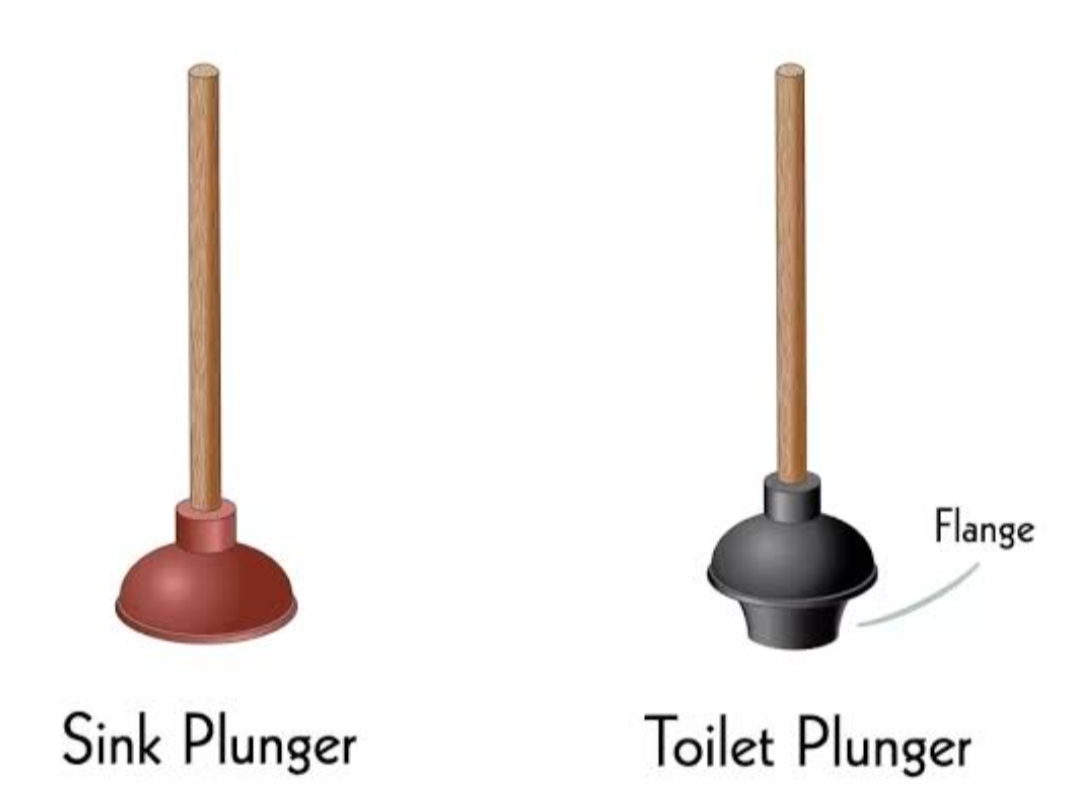You Should Know
YSK - for all the things that can make your life easier!
The rules for posting and commenting, besides the rules defined here for lemmy.world, are as follows:
Rules (interactive)
Rule 1- All posts must begin with YSK.
All posts must begin with YSK. If you're a Mastodon user, then include YSK after @youshouldknow. This is a community to share tips and tricks that will help you improve your life.
Rule 2- Your post body text must include the reason "Why" YSK:
**In your post's text body, you must include the reason "Why" YSK: It’s helpful for readability, and informs readers about the importance of the content. **
Rule 3- Do not seek mental, medical and professional help here.
Do not seek mental, medical and professional help here. Breaking this rule will not get you or your post removed, but it will put you at risk, and possibly in danger.
Rule 4- No self promotion or upvote-farming of any kind.
That's it.
Rule 5- No baiting or sealioning or promoting an agenda.
Posts and comments which, instead of being of an innocuous nature, are specifically intended (based on reports and in the opinion of our crack moderation team) to bait users into ideological wars on charged political topics will be removed and the authors warned - or banned - depending on severity.
Rule 6- Regarding non-YSK posts.
Provided it is about the community itself, you may post non-YSK posts using the [META] tag on your post title.
Rule 7- You can't harass or disturb other members.
If you harass or discriminate against any individual member, you will be removed.
If you are a member, sympathizer or a resemblant of a movement that is known to largely hate, mock, discriminate against, and/or want to take lives of a group of people and you were provably vocal about your hate, then you will be banned on sight.
For further explanation, clarification and feedback about this rule, you may follow this link.
Rule 8- All comments should try to stay relevant to their parent content.
Rule 9- Reposts from other platforms are not allowed.
Let everyone have their own content.
Rule 10- The majority of bots aren't allowed to participate here.
Unless included in our Whitelist for Bots, your bot will not be allowed to participate in this community. To have your bot whitelisted, please contact the moderators for a short review.
Partnered Communities:
You can view our partnered communities list by following this link. To partner with our community and be included, you are free to message the moderators or comment on a pinned post.
Community Moderation
For inquiry on becoming a moderator of this community, you may comment on the pinned post of the time, or simply shoot a message to the current moderators.
Credits
Our icon(masterpiece) was made by @clen15!
view the rest of the comments

This is wrong. Some toilets use the normal “sink” plunger because the exit opening is too large for the “toilet” marked style. You get either or whatever fits your toilet. It’s not specifically for sink only.
Not at all.
"You get either or whatever fits your toilet. It’s not specifically for sink only."
Incorrect.
The cup plunger is designed to fit over drains on flat surfaces, while flanged plungers are designed to fit inside the outtake valves of toilets.
"Some toilets use the normal “sink” plunger because the exit opening is too large for the “toilet” marked style".
This is also wrong because:
they are completely different designs and have different use-cases that you will only give you and others more trouble and mess for by not knowing and spreading misinformation.
I am not wrong. There are toilet designs where the flange style literally doesn’t cover the exit chute. I have one. I have to use a “sink” style type. The flange style is small and does not form any type of seal due to the shape and size. It’s literally impossible that it is the correct solution. Everything I said is 100% correct.
you are wrong.
"There are toilet designs where the flange style literally doesn’t cover the exit chute."
The flange is not designed to cover the exit chute, but rather to fit inside the outtake.
This is also apparently due to your specifically atypical plunger.
"The flange style is small and does not form any type of seal due to the shape and size"
since flange and cup plungers are the same diameter, you are clearly having an anomalous problem that you should not be drawing broad conclusions from.
cup plungers and flange plungers are specifically designed to address different problems, to be used in different manners(the cup covers a uniform drain on a flat surface while the flange creates a seal within the sloped and curved toilet outtake by fitting inside the outtake) and are not interchangeable.
Your premises are flawed and your conclusions are incorrect.
Literally don’t give a shit what you say. I am not wrong. On this specific toilet, the flange style literally doesn’t seal and CANNOT perform a push / pull to unclog a drain due to the exit profile and shaping.
You are not right no matter how smart you think you are.
You are arguing that a baseball cap works equally as well as putting a sneaker on your head.
It doesn't, because while a sneaker is designed and meant to cover your foot, a baseball cap is designed and intended to cover your head.
A sneaker makes an ineffective ballcap and a ballcap makes an ineffective shoe.
Two separate items with separate designs and use-cases.
I think you are failing to understand the design / curvature / multiple radius features of the exit point and that the flange style literally cannot form any remotely close to passable seal to do its job. Idk what to tell you but your not right no matter how you think you can phrase it.
no, i got it.
no worries.